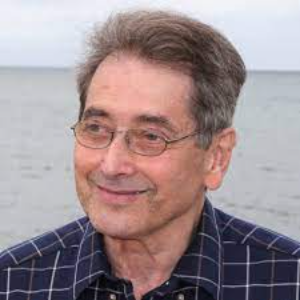Title : Brain dynamics of normal and abnormal learning, memory, and cognition with applications to Alzheimer’s disease, amnesia, autism, and neglect.
Abstract:
This talk will describe brain mechanisms of learning, memory, and cognition and how they may break down during mental disorders such as Alzheimer’s disease, medial temporal amnesia, autism, and visual and auditory neglect. These processes are described by Adaptive Resonance Theory, or ART, which is the most advanced neural theory that explains and predicts how normal and abnormal brains may learn to attend, recognize, and predict objects and events in a changing world. In particular, ART explains how vigilance control determines whether learned categories will be general and abstract, or specific and concrete. Acetycholine (ACh) release at layer 5 neocortical cells alters vigilance via neocortical after-? hyperpolarization currents. This phasic ACh release is mediated by cells in the nucleus basalis of Meynert that are activated by unexpected events. ACh also mediates tonic control of vigilance. During autism, tonic vigilance can get stuck at high levels, leading to hyperconcrete category learning and recognition, and narrow attentional foci. During medial temporal amnesia, very low tonic vigilance leads to unlimited anterograde amnesia, limited retrograde amnesia, difficulties in orienting to novel cues, perseveration, and a failure of recombinant context -sensitive processing. The collapse of learning, recognition, and cognition during Alzheimer’s disease may be explained by a collapse of tonic and phasicACh-?mediated vigilance control in cortical layers 3 and 5. Sleep disruptions before and during Alzheimer’s disease, and how they contribute to a vicious cycle of plaque formation in layers 3 and 5, are also clarified from this perspective. Conscious recognition of objects can occur when a feature-category resonance is triggered between prestriate visual cortex and inferotemporal cortex. Conscious seeing of objects can occur when asurface-shroud resonanceoccurs between prestriate visual cortex and parietal cortex. A surface-?shroud resonance maintains sustained spatial attention upon an attended object and supports reaching behaviors directed towards it. Parietal lesions prevent a surface-?shroud resonance from occurring, and lead to properties of visual neglect, including disturbances in reaching. In contrast, an inferotemporal lesion can lead to visual agnosias without impairing reaching.
This talk will provide mechanistic neural explanations of many known symptoms of clinical disorders that afflict millions of individuals. It also suggests predictions to test these explanations, and possible new clinical therapies.a




